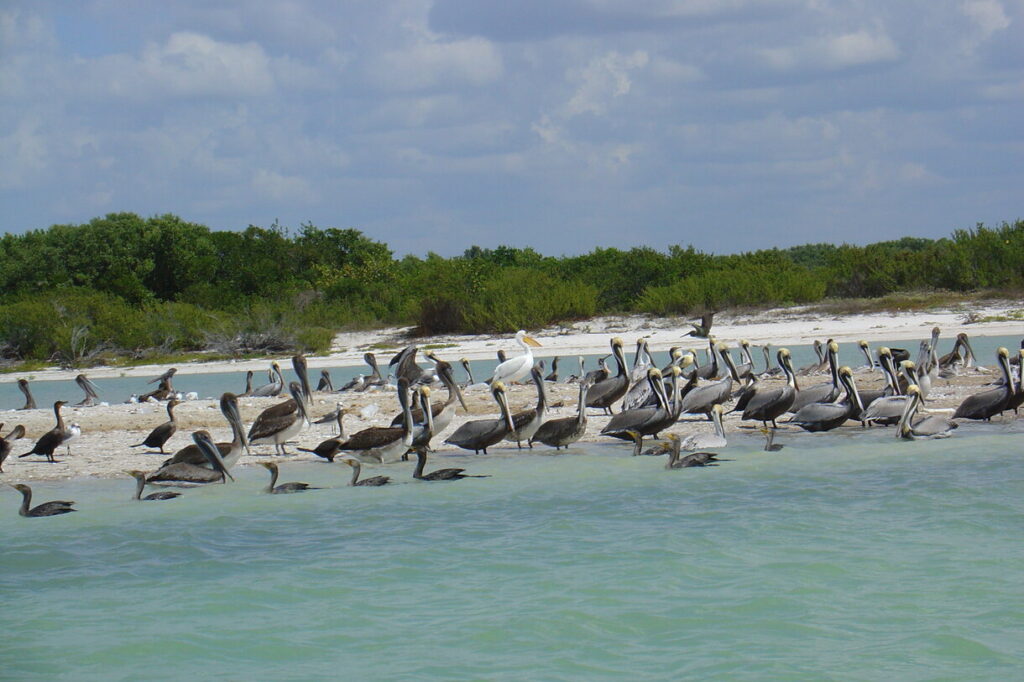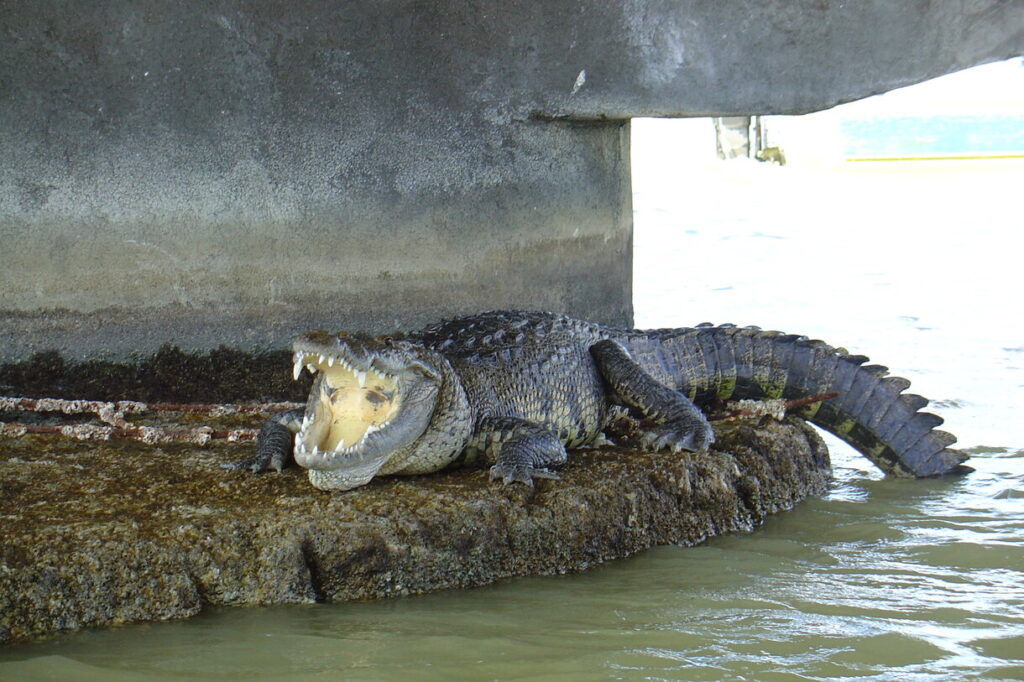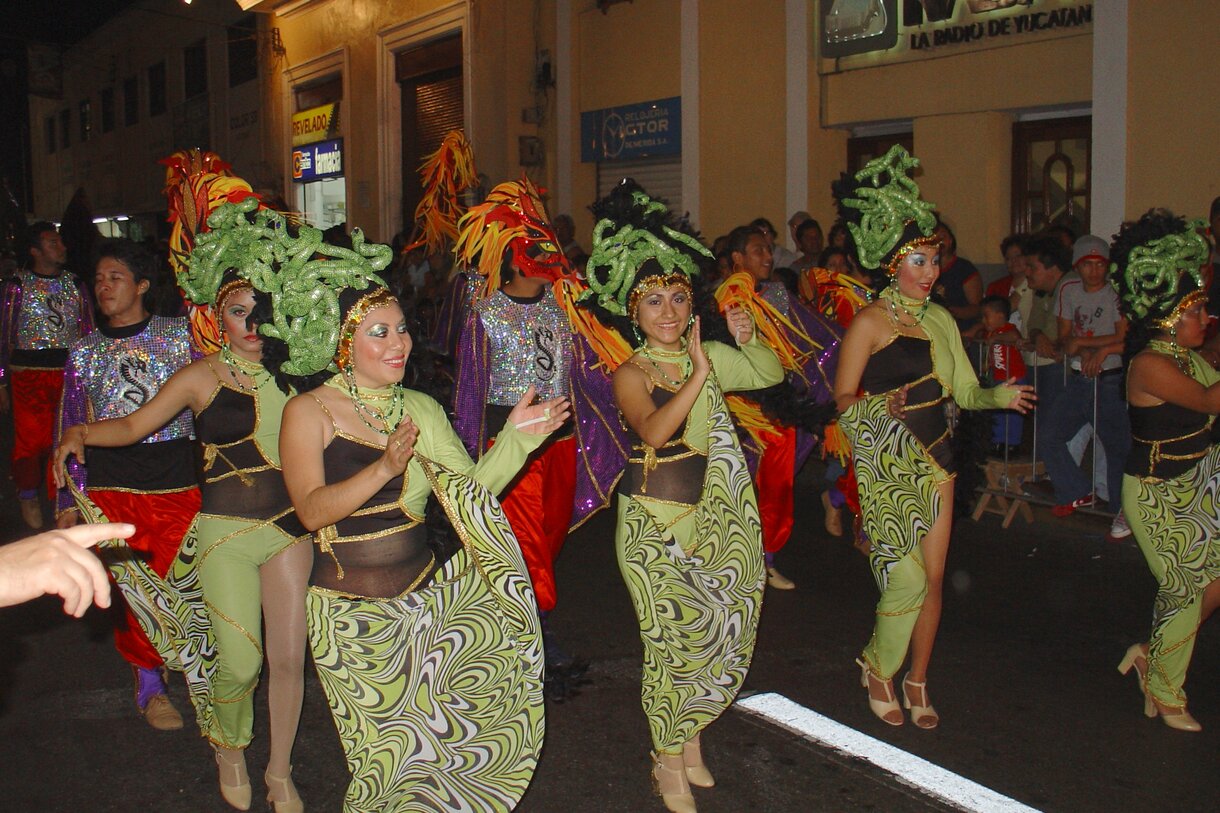Mérida & Celestún: Colonial Charm, Carnival Magic & Nature’s Paradise
Our overnight bus journey (306 pesos) brought us to Mérida – the vibrant capital of Yucatán state. This is where colonial architecture meets tropical heat (up to 40°C!), and Mayan history blends with Spanish heritage. Nicknamed “The White City” for its limestone buildings, Mérida is southern Mexico’s true gem.
A Fairytale Carnival
We arrived for Carnival’s final weekend – an event Mérida has celebrated spectacularly since 1866! Colorful floats (carros alegóricos) paraded through streets, advertising everything from Corona beer to Yucatán’s famous honey. Dancers in extravagant costumes (“vaqueritas”) moved to hot salsa and cumbia rhythms.
The Mexican tradition of “throws” (gadgets tossed from floats) drove the crowd wild. Children scrambled for stuffed toys while adults grabbed for… sanitary pads (a classic carnival joke!). We danced until dawn at Plaza Grande to marimba music, watching elderly Mexicans perform the elegant danzón – a 19th-century Cuban import.

Celestún: Where Pink Flamingos Dance in the Sun
After carnival madness, we needed nature’s calm. For just 40 pesos, we reached Celestún – a fishing village on the Gulf of Mexico famous for the Ría Celestún Biosphere Reserve. A boat tour (150 pesos per group) took us through:
- The Pink Lagoon – home to thousands of flamingos forming living pink clouds above water
- Mangrove forests – a natural labyrinth of roots where we spotted… a crocodile! (Don’t worry – our guide knew them all by name)
- Petrified forest – silent witnesses to when Yucatán was ocean floor

Fun Fact: Flamingos’ pink color depends on their diet! More shrimp and carotenoid-rich algae means brighter plumage.

Mérida After Dark
At night, we discovered Mérida’s cultural side. In Santa Ana district, artists performed “vaquerías” – traditional shows blending Spanish and Mayan influences. At local cantinas, we sipped pocztul – a fruit drink the Maya considered the “nectar of gods.”
Travel Tip: Sundays transform Plaza Grande into a pedestrian zone (“domingo cultural”) with jarana folk dancing and panuchos (stuffed tortillas).
Journey to Chichén Itzá
Our next adventure began with… a march through hell. 30°C heat with 80% humidity is normal in Yucatán! At ADO station, we bought Chichén Itzá tickets (about 200 pesos), bidding farewell to Mérida – the city that showed us Mexico’s true joy de vivre.

Leave a Reply